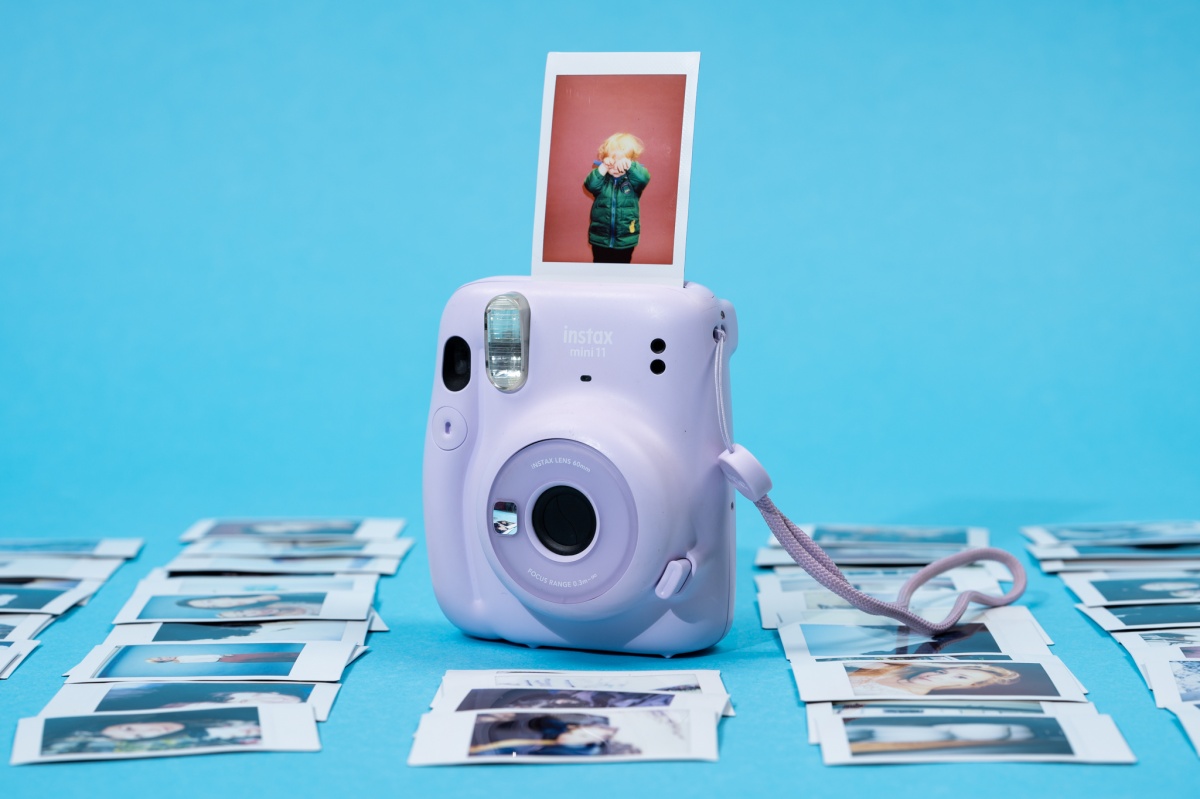How to Take Fantastic Pictures with an Instant Camera: Tips and Tricks for Pros
Creating breathtaking images with an instant camera is a cherished skill among many professional photographers. Understanding how to take good pictures with an instant camera involves a mix of technical know-how, creativity, and an appreciation for the medium's unique characteristics.
Instant cameras offer an unparalleled tactile experience and quick gratification that is rare in the digital age. Despite their simplicity, there's much you can do to elevate your photos to professional standards. This article dives deep into the art and technique of using instant cameras, ensuring your shots are always of the highest quality.

Understanding Your Instant Camera
Know Your Camera's Features
Before you can master the art of how to take good pictures with an instant camera, it's crucial to familiarize yourself with your camera's features. Often, these cameras may seem simple, but they come equipped with various settings and functionalities that can significantly impact your shots.
Spend time reading your cameras manual and experimenting with its settings. Pay special attention to aspects such as focus range, flash settings, and exposure controls. Instant cameras like the popular models from Fujifilm Instax and Polaroid offer a range of features that can be tailored to different shooting conditions.
Choose the Right Film
Another critical factor in achieving professional-level photos is the choice of film. Different films have different sensitivities, colors, and even frame designs. Understanding how each film type responds to light and setting will affect the final image.
For instance, some instant films are better suited to outdoor, well-lit conditions, while others excel in low-light scenarios. Getting to know your film is equally as important as understanding your camera. Refer to this guide to help you navigate through different film types and their optimal use cases.

Optimizing Composition and Lighting
Mastering Composition Techniques
Good composition is the bedrock of any stellar photograph. With instant cameras, the principles remain the same: Rule of Thirds, Leading Lines, and utilizing foreground and background elements can make a world of difference in your photos.
Frame your subject thoughtfully and look for interesting patterns or symmetry. Since you can't rely heavily on post-processing like you might with digital photography, getting the composition right in-camera is crucial. For more tips, check out this article on composing the perfect shot.
Leveraging Natural Light
Lighting is everything in photography. When using an instant camera, leverage natural light as much as possible. Generally, these cameras have fixed settings, and controlling natural light is easier than relying on a built-in flash.
Shoot during the golden hours early morning or late afternoon when the quality of light is softer and more diffused. It reduces the risk of harsh shadows and blown-out highlights. Here's a detailed explanation on utilizing natural light for the best results.

Advanced Shooting Techniques
Manipulating Focus
While most instant cameras have a fixed focus, some advanced models allow for manual adjustments. Use these features to your advantage by experimenting with depth of field. Blurred backgrounds can highlight the subject and add a professional touch to your photos.
For those cameras without manual focus, you can still achieve interesting effects by controlling your distance from the subject and background. Refer to this post on focusing techniques to elevate your shots.
Playing with Exposure
Exposure control is another feature found on some higher-end instant cameras. It allows you to adjust the brightness of your images manually. Experiment with overexposing or underexposing your shots for creative effects, such as high-key or moody, low-key photos.
Become comfortable with how your camera handles light and shadow. Visit this resource on playing with exposure to better understand the impact of these adjustments.

Finishing Touches and Presentation
Properly Storing Your Instant Photos
Instant photos are more prone to physical damage given their tangible nature. Proper storage is vital for maintaining the longevity and quality of your prints. Use archival-quality storage solutions that protect your photos from light and air exposure.
Consider displaying your best shots in a professional portfolio or as part of an exhibition. Ensuring your images are stored correctly will safeguard them against fading and other forms of degradation. For more on this, check out this guide on preserving instant photos.
Displaying Your Work
Presenting your instant photos can be just as important as capturing them. High-quality presentation can elevate the perceived value of your work. Use frames, shadow boxes, or even custom photobooks to showcase your best images.
By presenting your work thoughtfully, you not only demonstrate professionalism but also create lasting impressions on viewers. Visit this article on creative ways to display your instant photos for some unique ideas.
FAQ
What is the best film for instant cameras?
The best film largely depends on your camera model and shooting conditions. Generally, Fujifilm Instax and Polaroid Originals are well-regarded for their color accuracy and quality.
How can I avoid blurry photos?
To avoid blurry photos, ensure adequate lighting and a steady hand. Additionally, familiarize yourself with your camera's focus limitations and adjust your distance from the subject accordingly.
Are there any professional uses for instant photos?
Yes, instant photos can be used in various professional settings, including fashion shoots, weddings, and events. They offer a unique, tangible medium that adds a nostalgic and artistic element to your portfolio.
As an Amazon Associate, I earn from qualifying purchases.

